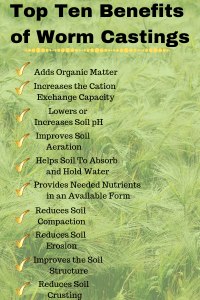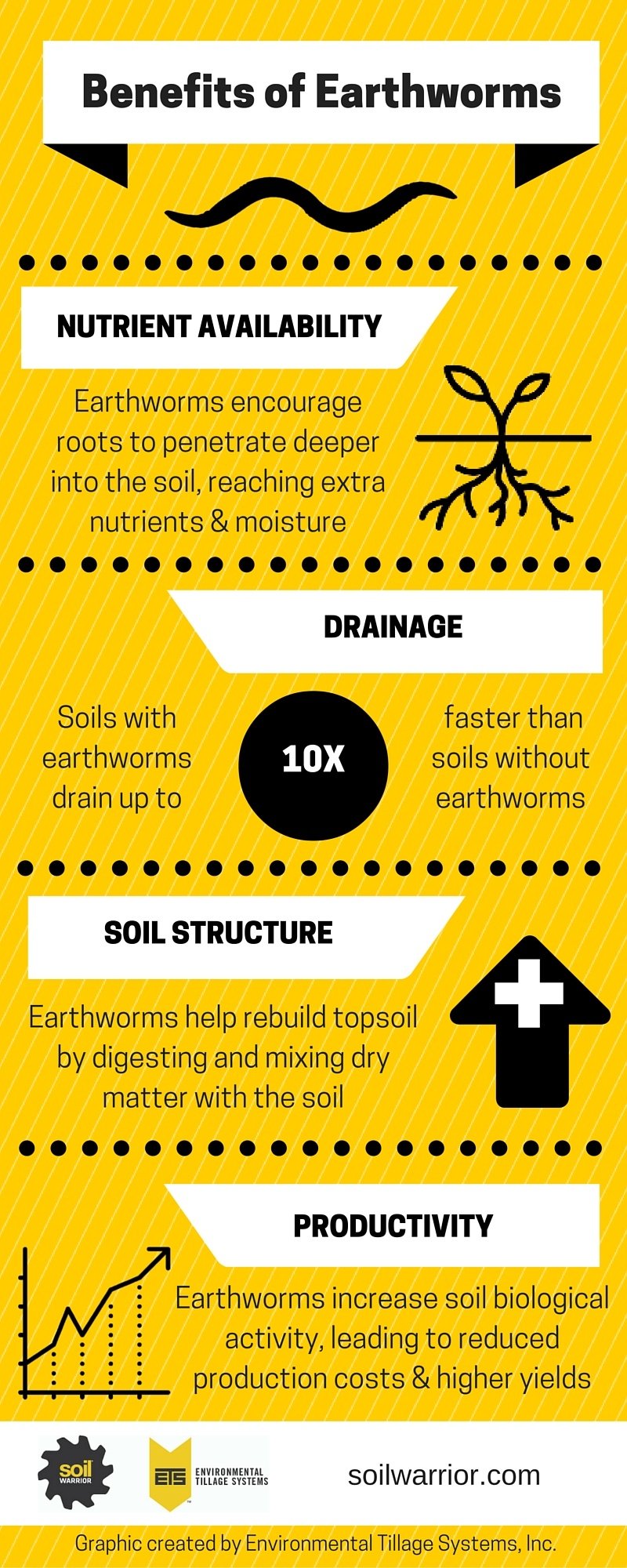The 6-Second Trick For North Carolina Worms
Table of ContentsNorth Carolina Worms for DummiesThe Definitive Guide for North Carolina WormsNorth Carolina Worms for DummiesThe smart Trick of North Carolina Worms That Nobody is Discussing
Example: 1-gallon of worm castings to 4 gallons of potting mix. 1/2 mug in the base of the planting hole for smaller sized plants. 1 mug for larger plants.
The addition of tea can also include enhanced microbial biomass to your soil. You can constantly side-dress your plants with worm castings at any time. Simply remember, the microbes will certainly die if revealed to UV rays (Sun), so make certain to cover the castings with an inch approximately of soil.
This baffled them for several years till the screening methods progressed. They located that plant growth and wellness exhibited a Bell Contour. It would obtain much better(with more spreadings), degree off, and after that decline. They were perplexed. They finally uncovered that excess plant-growth hormones were the culprit. As well many worm spreadings would certainly speed up the development to a pace that the plant might not recoup from.
North Carolina Worms - Truths
I have clarified the merits of worm spreadings for regarding 2000 words. Worm castings are no different. It takes time to create top quality worm spreadings.
Worm castings absolutely cost even more than chemical fertilizers. Worm castings are on the less expensive end of natural plant foods. (50 gallons per year) It is a much harder and very expensive investment to produce big amounts of worm spreadings.

Developing a healthy dirt may be the best benefit of worm spreadings. We talked about worm spreadings NPK and also the correct nutrient analysis that must apply to worm castings.
North Carolina Worms Can Be Fun For Everyone
We chatted concerning some of the negative aspects linked with worm spreadings. I covered a lot of material in this short article.
The vertical burrows are usually open, although the worms cap the top with deposit and waste matter. Roots need oxygen for their development, whereas they create carbon dioxide that needs to leave the soil.
Earthworms enhance porosity by 2 systems: (1) by creating permanent burrows, and (2) by boosting dirt aggregation. Gathering is boosted by the mixing of soil and natural matter in the earthworms' digestive tracts. Lake Hickory Bait. These extremely secure aggregates are transferred by some earthworms in their burrows, and by others at the surface area of the dirt


In an additional study, earthworms were estimated to take in 4 to 10 percent of the leading 6 inches of the dirt annually. This only goes to show the huge quantities of dirt that can be refined by earthworms. Dirt compaction lowers the porosity of the dirt. Due to the fact that earthworms increase porosity, they decrease the impacts of compaction.
The 9-Second Trick For North Carolina Worms
Common earthworm populations can conveniently take in 2 lots of completely dry issue per acre each year, partially digesting and mixing it with dirt. The value of earthworms to mix surface area residue with soil comes to be very clear in dirts that do not have any type of earthworms. Most of our Pennsylvania soils contend the very least some earthworms, and the effect of their complete lack, consequently, can not be kept in mind.
(https://celestialdirectory.com/gosearch.php?q=http%3A%2F%2Fwww.northcarolinaworms.com%2F&search-btn.x=0&search-btn.y=0)In these soils, the formation of topsoil with sensible raw material material did not take area, causing poor crop development. Once the reason was developed, the federal government of the Netherlands began a project to present earthworms. After the intro of the earthworms, a dark topsoil layer was developed, and plant growth enhanced significantly.
They live primarily from partly decayed natural matter that is already included in the dirt. These species ingest huge quantities of soil that they blend with digested crop deposit in their guts.
These species ingest substantial quantities of dirt that they blend with absorbed deposit in their intestines. Their waste matter is mostly transferred at the surface of the dirt.